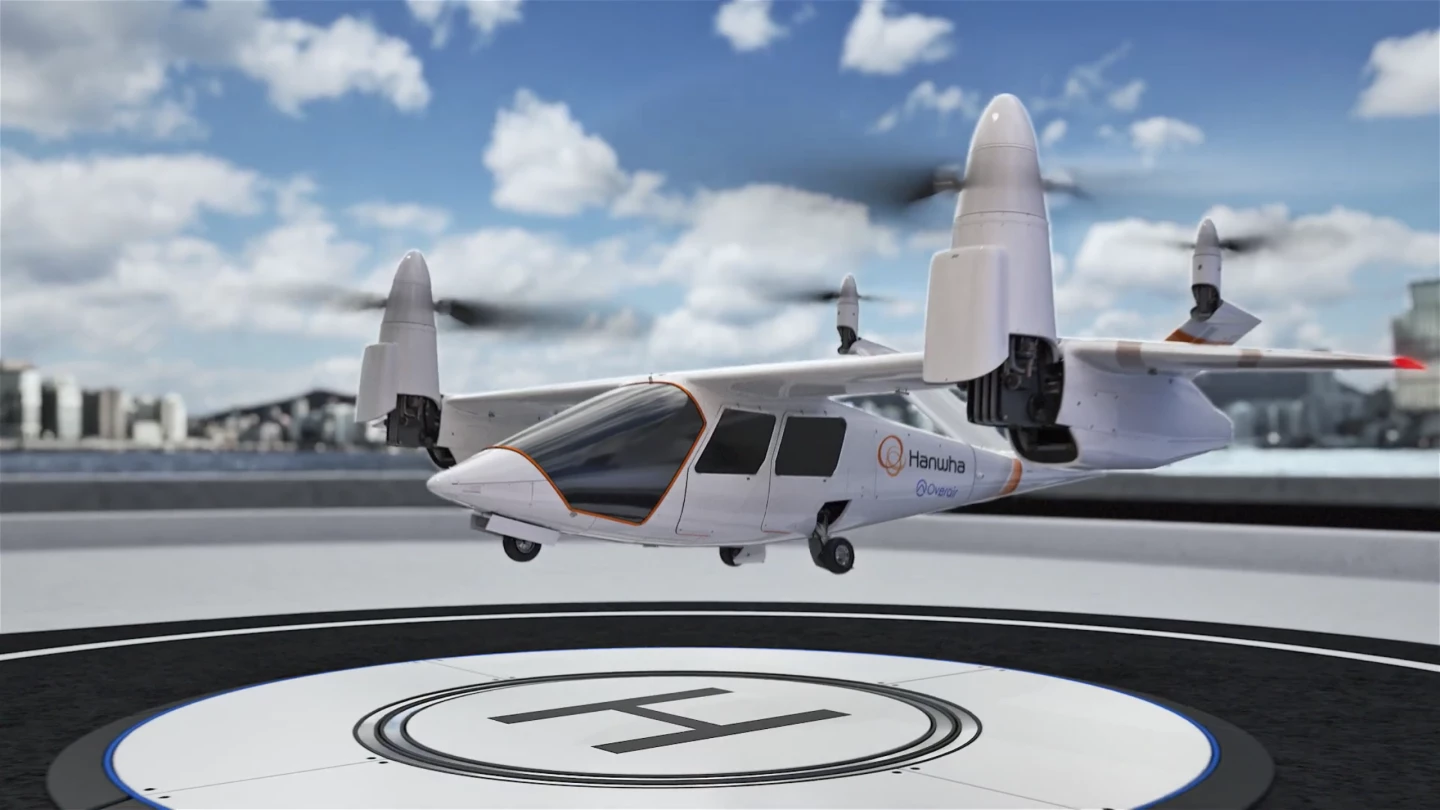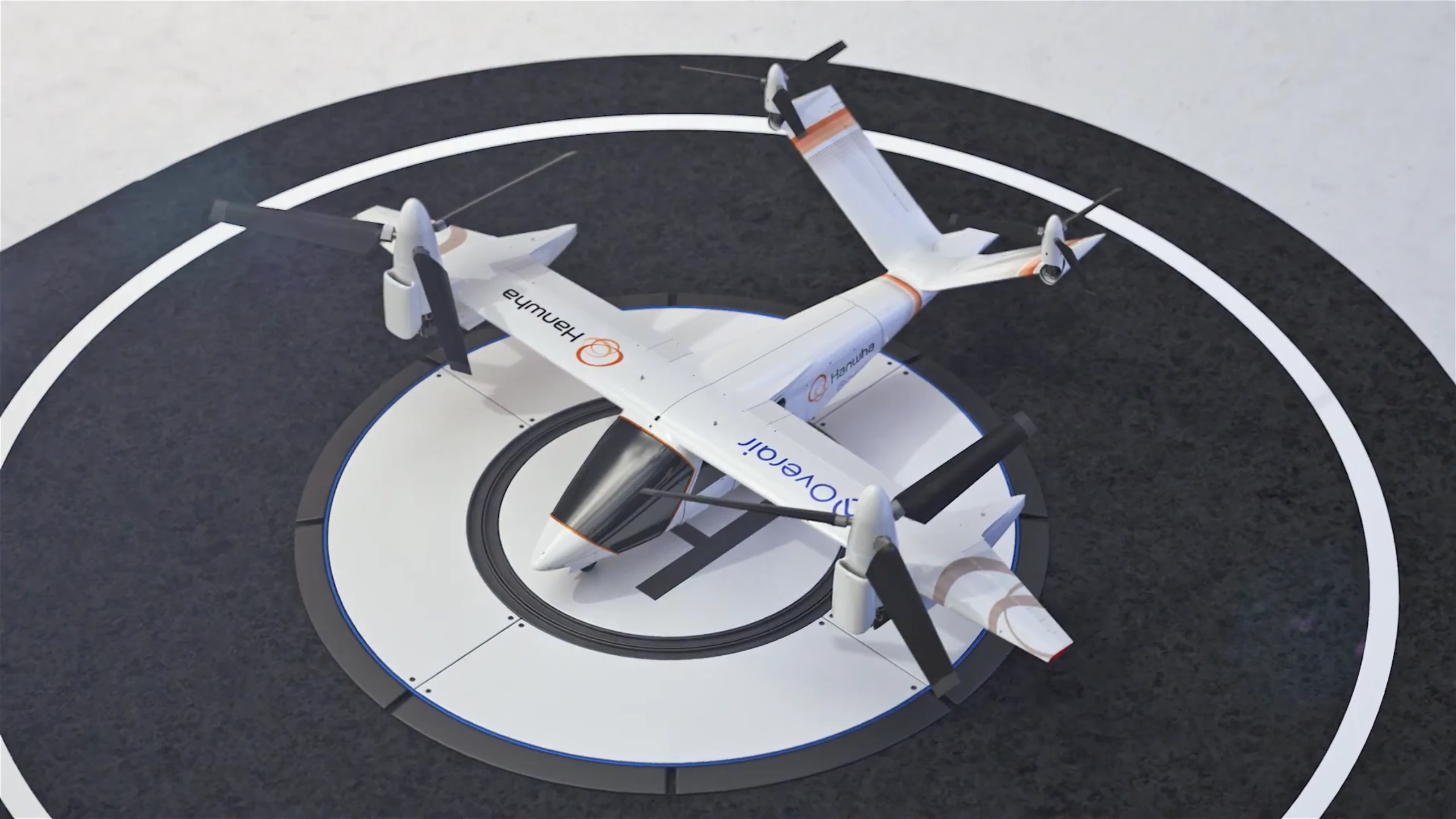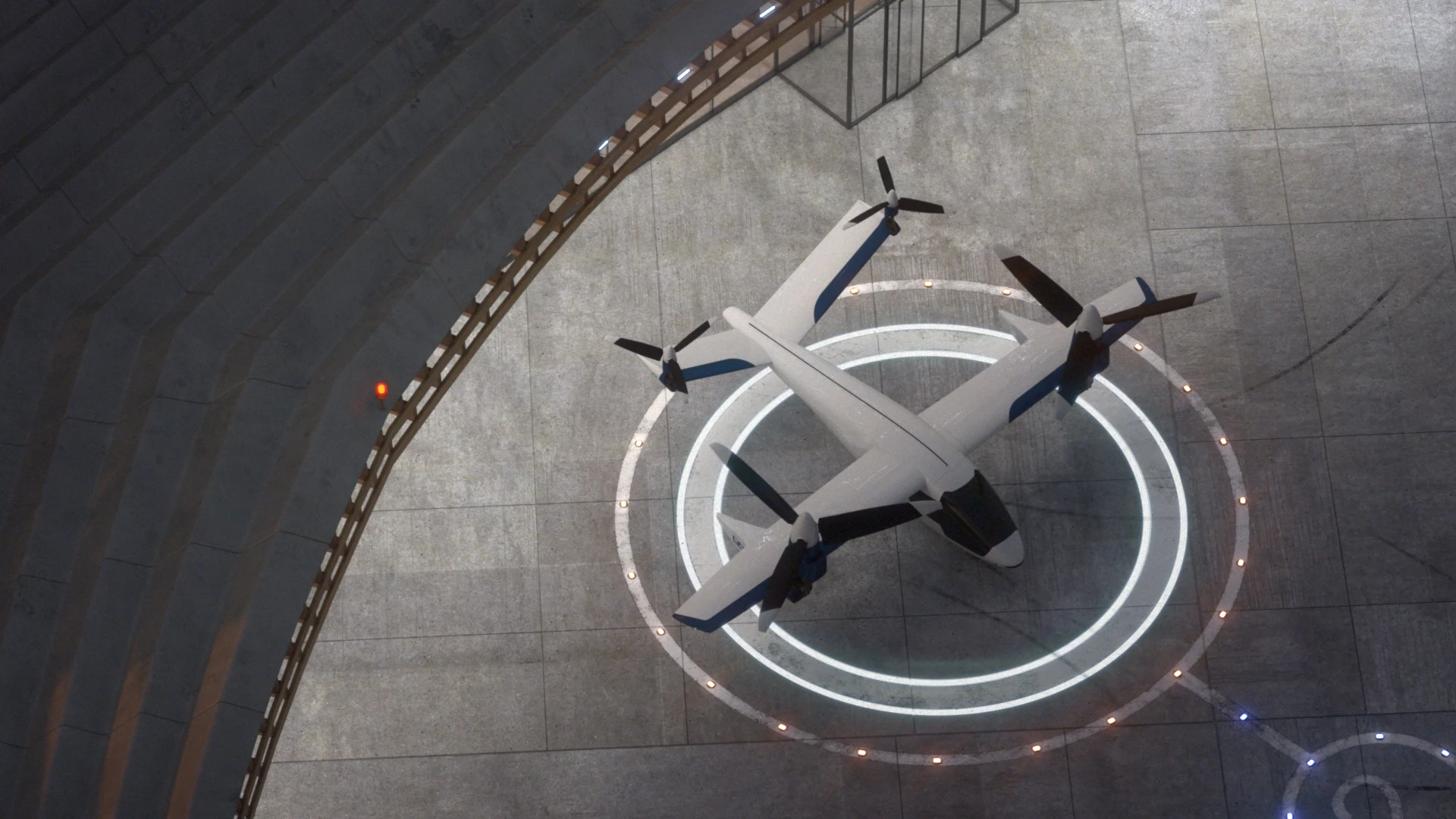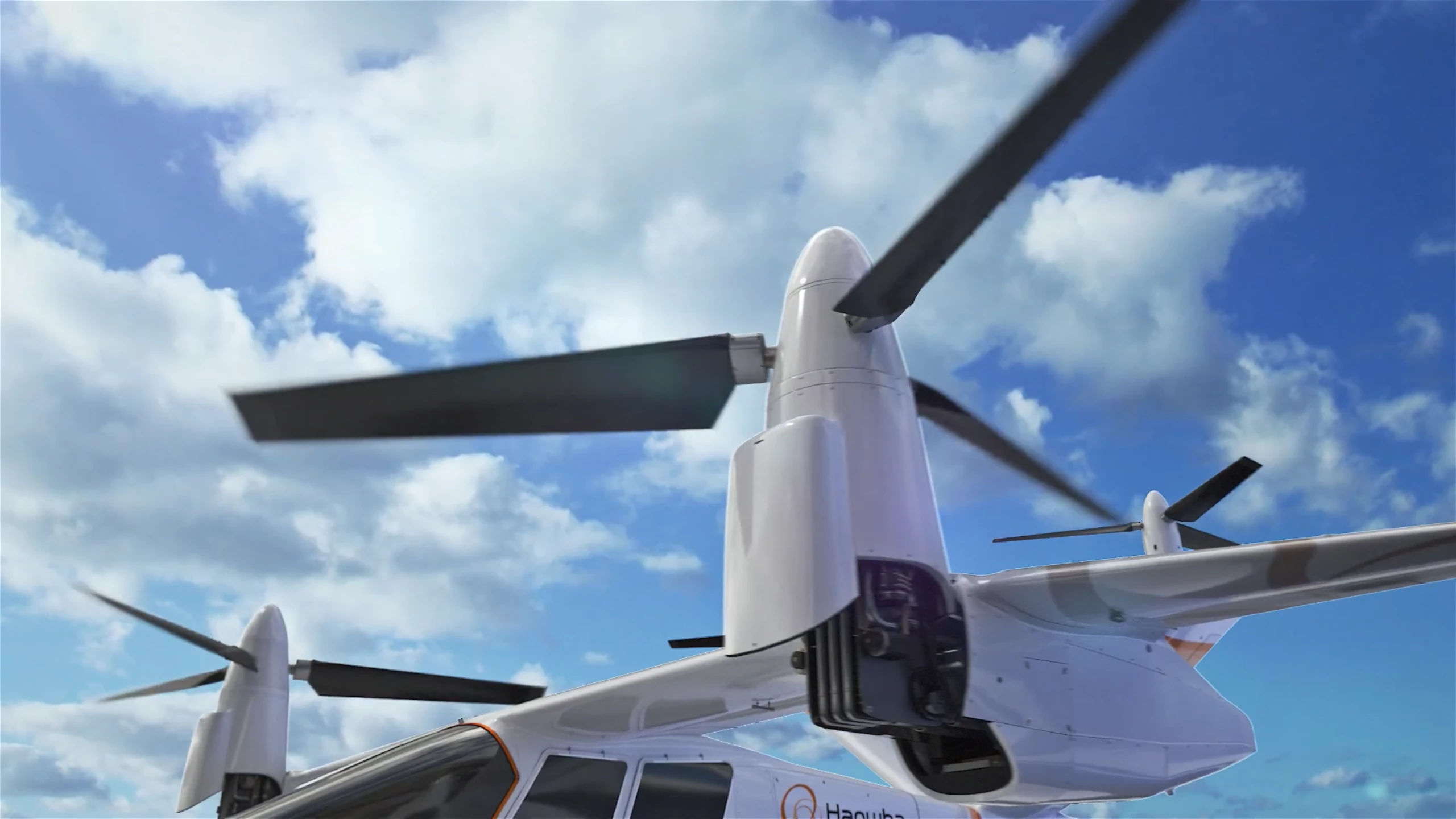This month's update sees two new entries into the ranks of the AAM Reality Index, which attempts to quantify just how close an eVTOL company is to bringing its designs out of the render engines and into commercial service. The first, with a score of 4.4, is Jaunt Air Mobility with its big electric gyrodyne approach. And the second, faring better at this stage with a score of 5.7, is a California operation called Overair.
Overair is a passenger eVTOL startup spun-off by Karem Aircraft. Karem Aircraft, founded in 2004, has been involved in a number of US Military contracts, including the Joint Heavy Lift, Joint Future Theater Lift, Joint Multi-Role and Future Attack Reconnaissance Aircraft programs. Its founder Abraham Karem is referred to as the "Dronefather," having built the predecessor to what became the Predator drone in his own garage workshop in the 1970s.
In the late '90s, Abe Karem pioneered the "optimum speed rotor" technology that allowed the A160 Hummingbird to fly higher and farther and more efficiently than any helicopter currently in operation, using an innovative system that could vary blade speed as well as pitch. Karem Aircraft's key focus today is large tilt-rotor aircraft, and the crossover potential into the eVTOL world is obvious.
Overair's aircraft is called the Butterfly, and it mimics Karem's approach with its fossil-burning heavy-lift tilt-rotors. Its design is unique among eVTOL competitors simply because of the size of its rotors. This is a reasonably traditional-looking airplane design, with large, wide main wings and a V-tail. On the ends of the V-tail sit 3-bladed tilting rotors with a diameter maybe somewhere around 2 m (6.6 ft). Positioned along the main wing are two much larger tilting rotors, maybe twice the size of the rear ones.

We're not aware of anyone else operating in this space, shy of the radically different Jaunt design, that's planning to deploy rotors this big on an air taxi. Yesterday, we discussed the other end of the spectrum, speaking with Lilium about the pros and cons of its tiny electric ducted fans – by far the smallest in the eVTOL world – and Overair's propulsion approach could barely be more different in a vectored-thrust design.
These large props should make the Butterfly one of the most efficient eVTOL air taxis in the segment, producing more thrust per kilowatt of power than other designs with smaller fans. In cruise flight, it may well even be more efficient than other non-VTOL electric airplanes; there's no way a traditional plane could run props so big, they'd chop up the runway. So this could prove an outlier in efficiency terms, and that could be a big advantage in an eVTOL market that's going to be forced to contend with the poor energy density of lithium batteries in its early years.

The question will be noise; can Overair get this thing up in the air, fully loaded, while spinning the blades slowly enough to keep the noise level down? Longer blades mean faster tip speeds and more noise at a given RPM. eVTOLs will need to be super-quiet to start operating from carpark rooftops in populated cities.
Another of Karem's key innovations in its work on military tilt-rotors was an individual blade control system that Overair CEO Ben Tigner described in an interview with eVTOL News as the first such system to allow "highly redundant all-electric control of blade pitch without any hydraulics or swashplate." He went on to add "the implications of this system for future VTOL aircraft are really significant," and we're fascinated to learn more; the ability to continuously control the pitch of each blade as it spins will allow each prop to rapidly vary its total lift, as well as to develop asymmetric lift on individual rotors. I've got no idea how an eVTOL might be able to use the latter, but this might be a capability unique to this company.
Overair says the Butterfly will carry a pilot and four passengers, with a top speed around 200 mph (322 km/h) and no stipulated maximum range figure as yet. The company has not yet presented a prototype, but has told the AAM Reality Index team it expects its first flight in 2023, with commercial flights targeted to begin in 2025.

The company has a bit of money behind it, thanks to a US$25 million investment in 2019 from South Korea's Hanwha Systems, which operates in the avionics, space, security and safety arenas. That's chump change in the next-gen aircraft business, though; Overair has a growing payroll, building and testing prototypes ain't cheap, certification will likely cost between half a billion and a billion dollars for each aircraft design, and putting together an approved volume manufacturing operation to get these things out on the market and earning a buck will also be insanely expensive.
So investment and partnerships will determine Overair's fate in the market – not to mention its position on the Reality Index. Karem has created some excellent designs as part of its military programs, but this new entity is going to need a ton of help from the right players to succeed as a mass aircraft manufacturer. It'll be very interesting to see what Overair has up its sleeve over the next few years.
Check out a short video from Hanwha below.
Source: Overair










